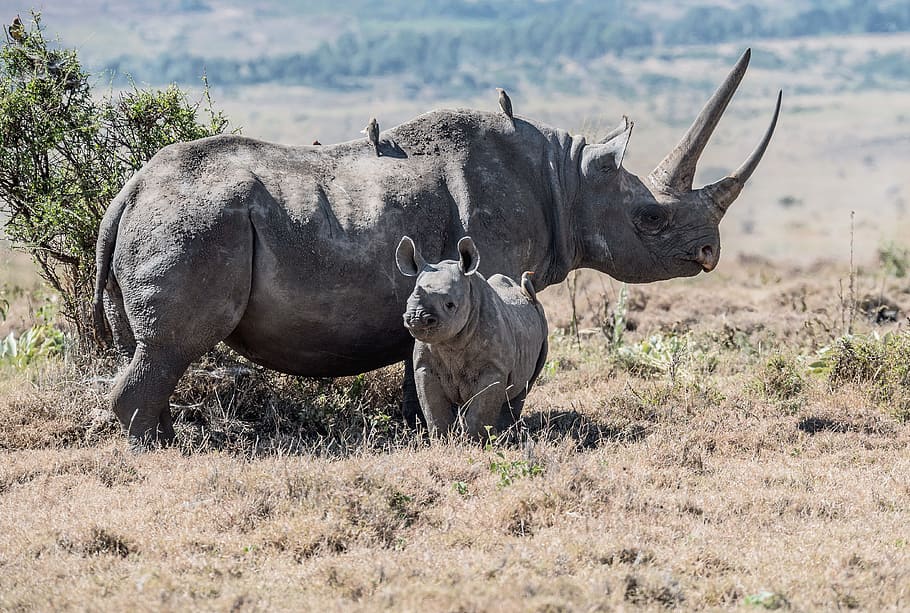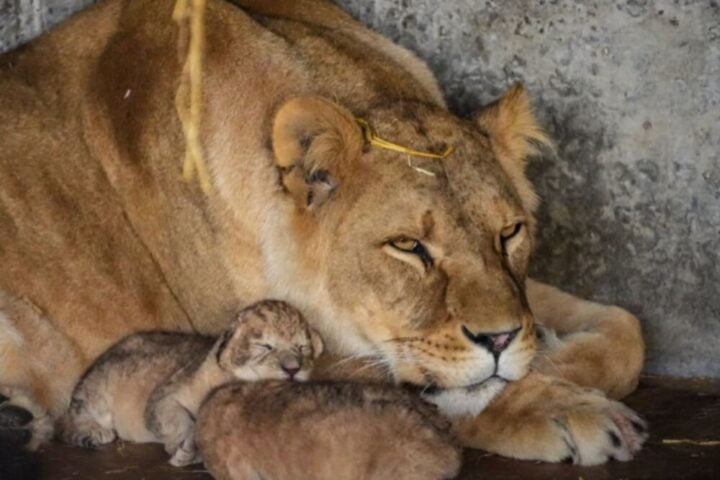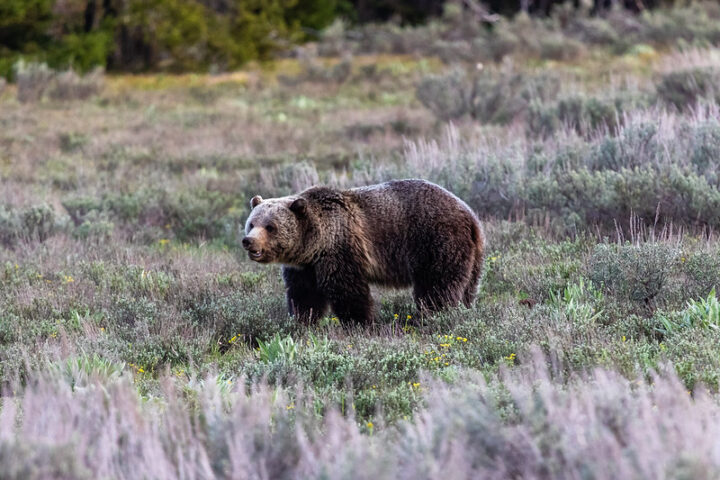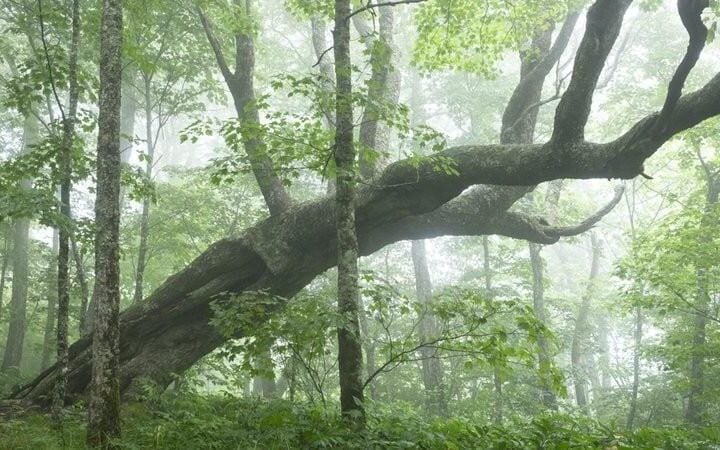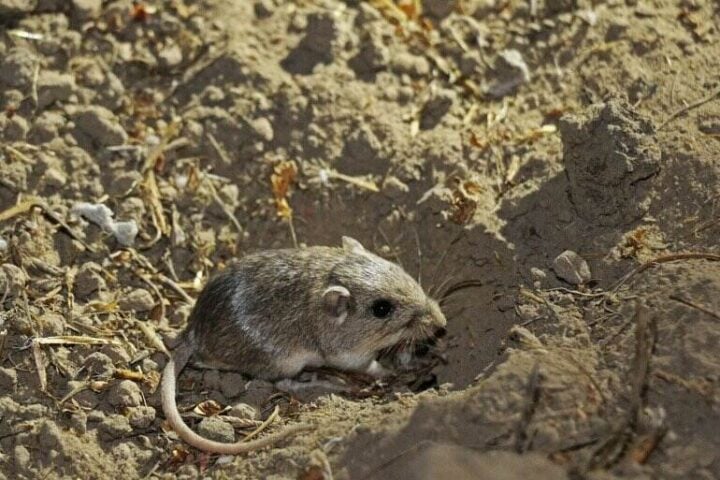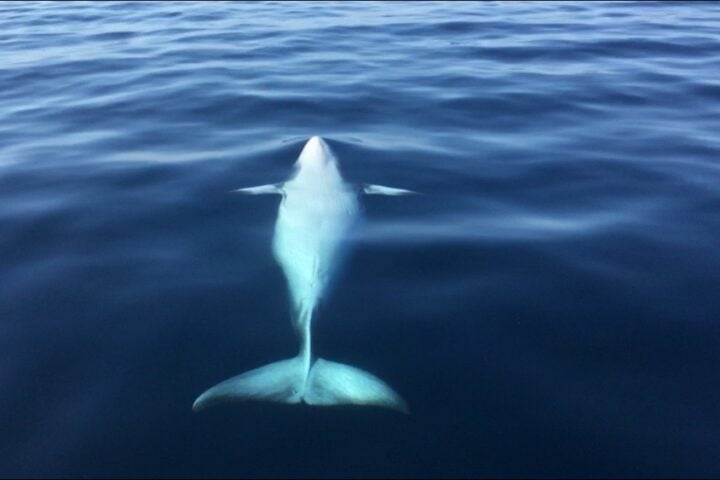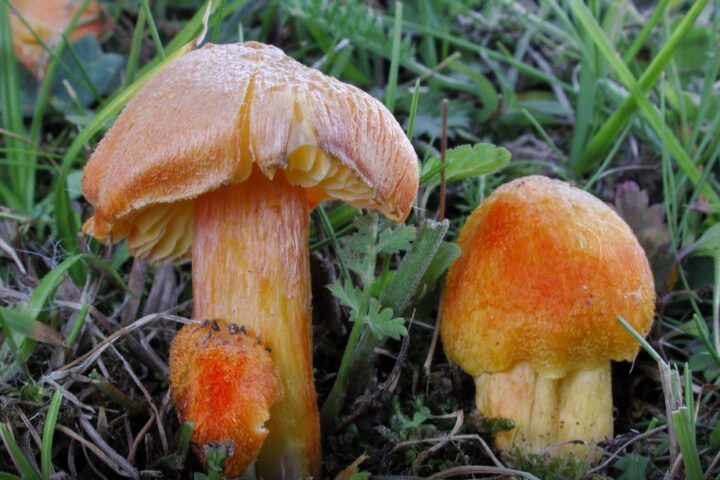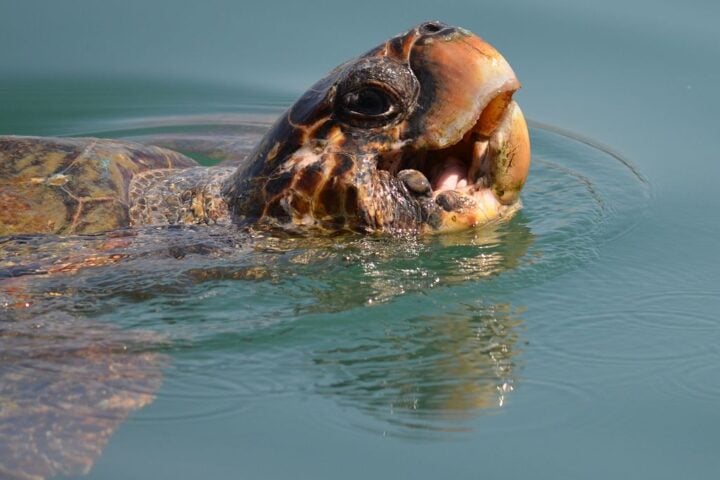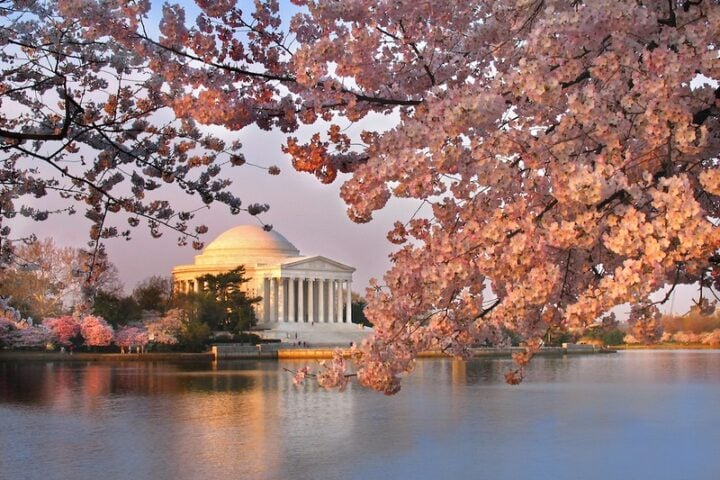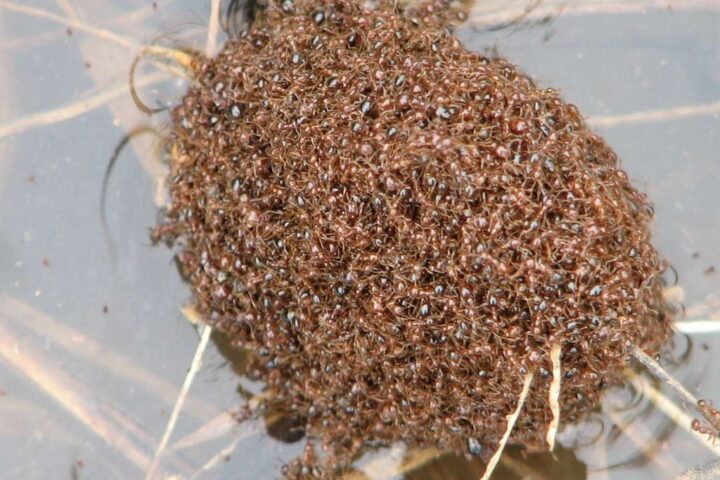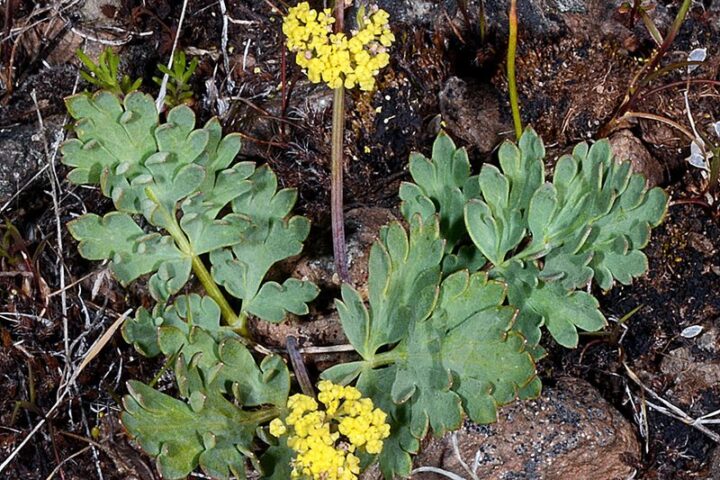Guess what? African rhinos are making a comeback! For the first time since 2012, their numbers are on the rise, thanks to some incredible conservation efforts. The International Union for Conservation of Nature (IUCN) shared this uplifting news on Thursday, showing a 4.2% increase in black rhinos and a 5.6% boost in white rhinos. Dr. Michael Knight from IUCN couldn’t help but express his relief, saying, “With this good news, we can take a sigh of relief for the first time in a decade.” But he reminds us, it’s crucial to keep up the good work and “not drop our guard.”
Looking back, there were a whopping 500,000 rhinos in Africa and Asia at the start of the 20th century! Fast forward to the end of 2022, and only 23,290 were left, painting a stark picture of their plight. Nina Fascione of the International Rhino Foundation sees this rebound as a victory for all wildlife and the communities protecting them. “The growing rhino populations are a testament to the effectiveness of collaborative conservation efforts throughout Africa,” she joyfully remarks.
But here’s the catch – poaching is still a major threat, with the 2023 State of the Rhino report showing poachers are getting crafty, targeting more vulnerable populations. South Africa, home to the most rhinos, has faced devastating losses, especially in reserves. Places like Kruger National Park have ramped up security, pushing poachers to target smaller areas like Hluhluwe Imfolozi Game Reserve. Over in Namibia, rhino poaching shot up by a staggering 93% from 2021 to 2022.
Similar Posts
To tackle this, a U.S.-South Africa anti-poaching taskforce was formed in January, aiming to disrupt illicit trade and support law enforcement. U.S. Treasury Secretary Janet Yellen emphasized, during a visit to Dinokeng Game Reserve, the need to “follow the money” to tackle poaching effectively. And don’t forget about climate change – it’s causing more human-wildlife conflicts and competition over precious water resources. The International Rhino Foundation warns that climate-induced poverty might drive more people to poaching.
In a groundbreaking move, the African Parks Foundation plans to release 2,000 rhinos into the wild over the next decade! This is set to be Africa’s largest rewilding program for any species. But let’s not forget, the northern white rhino is still critically endangered, with only Najin and Fatu left, under 24-hour protection in Kenya. It’s a collective effort – governments, land managers, communities, and others need to work together to keep the rhino populations growing.
Fascione puts it bluntly, “Rhinos have been around for millions of years—we cannot let them go extinct on our watch.” The rise in rhino numbers shows their resilience and the success of conservation efforts across Africa. The change in poaching tactics highlights the ongoing challenges faced by those protecting rhinos. The U.S.-South Africa anti-poaching taskforce represents a united front against wildlife crimes. The effects of climate change remind us of the interconnectedness of environmental and conservation issues.
The rewilding program by the African Parks Foundation is a shining example of large-scale conservation initiatives. The situation of the northern white rhino is a stark reminder of the fragility of wildlife and the urgent need for sustained conservation efforts.
